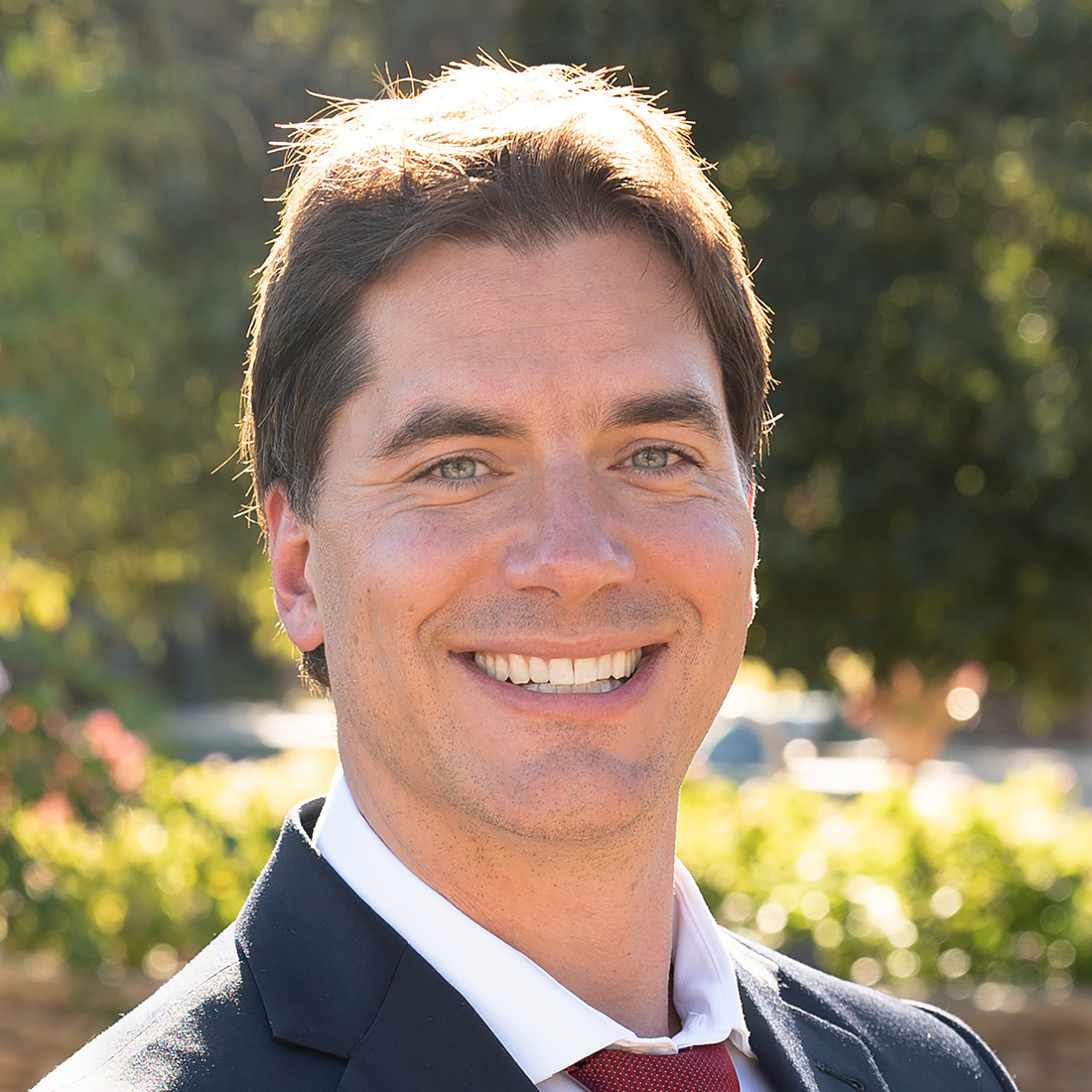In the U.S. insurance industry, health insurers are known to hold onto large amounts of cash reserve as a surplus. Regulators often scrutinize these reserves, demanding to know why the insurer seemingly has so much excess cash available and is it really necessary? The insurer then must defend that their reserves are not excess cash, but rather an appropriate amount of capital that is necessary to appropriately plan for the additional costs associated with catastrophic events.
In the insurance industry, a catastrophic event is any event that results in an extraordinary level of stress to the insurers’ financial liability. The coronavirus (COVID-19) pandemic is an example of such a catastrophic event that is happening right now around the world. COVID-19 is a catastrophic event because no one could have predicted its occurrence, how many people would be affected, and what the ultimate cost would be. Insurers do know, however, that catastrophic events will happen, and when they do, it will require large amounts of additional cash to pay for the associated costs.
Insurers do know, however, that catastrophic events will happen, and when they do, it will require large amounts of additional cash to pay for the associated costs.
The cash reserves will help to keep health insurers financially solvent during the COVID-19 pandemic, but financial resources alone are not enough to adequately prepare the U.S. health care system for the extraordinarily high demand for physical resources needed to test and treat patients. Such physical resources include (but not limited to) hospital beds, medical professionals (e.g., doctors and nurses), medical devices (e.g., respirators and ventilators), medical supplies (e.g., facemasks and plastic gloves), and diagnostics tests.
The financial reimbursement aspect of the U.S. health care system is mostly based on a fee-for-service (FFS) system. The FFS payment model means that health care providers (e.g., doctors, hospitals, labs, device manufacturers, etc.) only get paid for goods & services actually provided to patients. Due to this payment method, the amount of physical resources available in the healthcare system is highly correlated with the expected demand for health care services. There is a financial disincentive to having a surplus of available resources because there is no payment corresponding to the additional resources. Having these extra resources available would get viewed as financially wasteful during the years they go unused. For example, hospitals would not build additional facilities and hire additional staff if those costs could not be passed onto the patient or the patient’s insurer. Even non-FFS payment models (e.g., Kaiser HMO) plan their supply of resources based on expected demand and therefore results in a similar issue as the FFS model.
This is exactly what we are seeing currently with COVID-19. In the areas most impacted by COVID-19, there is a shortage of the resources necessary to provide treatment to infected patients because the demand volume is substantially higher than expected (i.e., an outlier year). The importance of “flattening the curve” has been thrown around a lot in the media. In simple terms, this means that there is a strain on available resources (supply) and that the strain is going to get worse unless the number of new cases (demand) starts to improve. Since there is not enough “slack” (i.e., reserves) in the system, there is now a desperate attempt to increase the supply of needed resources, and at the same time, enforcing measures in an attempt to slow the spread of COVID-19 to keep demand from increasing so rapidly. Unfortunately, there is also a significant downstream economic impact directly resulting from the measures taken to slow the spread of infection. Businesses are shut down indefinitely either due to government mandate or lack of customers, employees out of work as a result of their employer shutting down, more businesses distressed because people out of work have less money to spend, etc.
It is easy to look in the rear-view mirror and criticize the lack of preparedness (hindsight is 20/20), but going forward hopefully the U.S. (and other countries as well) can develop risk management policies to be more successful in planning for the necessary healthcare resources needed to deal with global pandemics. Similar to how insurance companies have policies regarding appropriate levels of cash reserves to prepare for catastrophic events, the broader health care system needs to have risk management policies in place to be able to rapidly respond to a surge in demand for physical resources when these catastrophic events occur.
Any views or opinions presented in this article are solely those of the author and do not necessarily represent those of the company. AHP accepts no liability for the content of this article, or for the consequences of any actions taken on the basis of the information provided unless that information is subsequently confirmed in writing.

